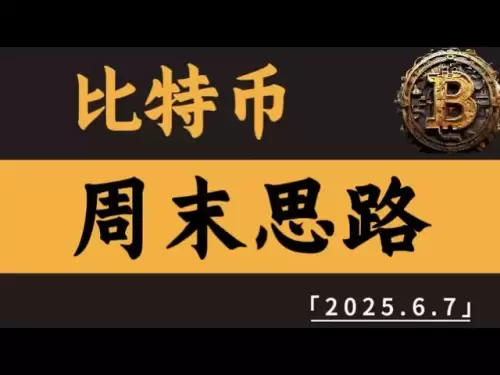-
 Bitcoin
Bitcoin $105,571.6773
1.46% -
 Ethereum
Ethereum $2,509.6256
1.00% -
 Tether USDt
Tether USDt $1.0007
0.00% -
 XRP
XRP $2.1909
1.26% -
 BNB
BNB $650.3812
0.15% -
 Solana
Solana $152.1574
0.31% -
 USDC
USDC $1.0000
0.01% -
 Dogecoin
Dogecoin $0.1878
4.98% -
 TRON
TRON $0.2794
-0.06% -
 Cardano
Cardano $0.6699
1.33% -
 Hyperliquid
Hyperliquid $34.3065
-1.81% -
 Sui
Sui $3.2871
3.28% -
 Chainlink
Chainlink $14.0826
5.73% -
 Avalanche
Avalanche $20.9078
6.98% -
 UNUS SED LEO
UNUS SED LEO $9.1386
2.60% -
 Stellar
Stellar $0.2673
1.40% -
 Bitcoin Cash
Bitcoin Cash $409.4437
5.59% -
 Toncoin
Toncoin $3.1980
1.49% -
 Shiba Inu
Shiba Inu $0.0...01285
2.20% -
 Hedera
Hedera $0.1700
1.88% -
 Litecoin
Litecoin $88.5618
3.51% -
 Polkadot
Polkadot $4.0488
2.41% -
 Monero
Monero $328.3948
-1.36% -
 Ethena USDe
Ethena USDe $1.0014
0.02% -
 Bitget Token
Bitget Token $4.6851
1.59% -
 Dai
Dai $1.0000
0.00% -
 Pepe
Pepe $0.0...01150
2.45% -
 Pi
Pi $0.6276
1.09% -
 Uniswap
Uniswap $6.3149
4.91% -
 Aave
Aave $255.2840
2.07%
Will the KDJ high-level dead cross necessarily fall?
A KDJ high-level dead cross doesn't always lead to a price drop; consider market sentiment, volume, and other indicators for a more accurate prediction.
May 30, 2025 at 11:14 am
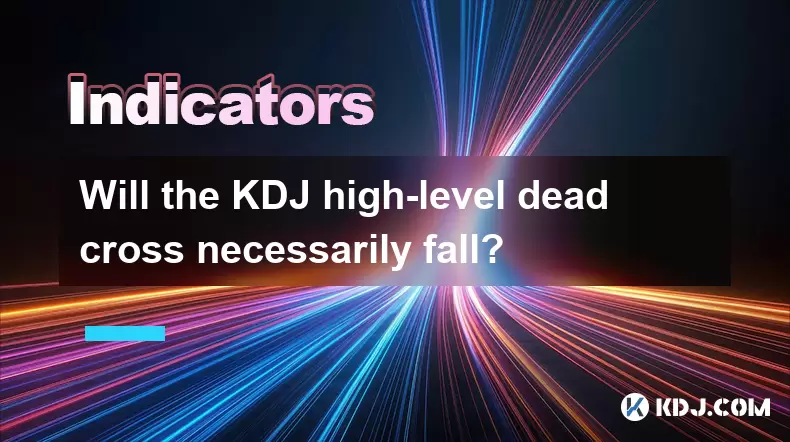
Will the KDJ high-level dead cross necessarily fall?
The KDJ indicator is a popular technical analysis tool used in the cryptocurrency trading world to help traders identify potential trend reversals and entry or exit points. One of the key signals that traders look for with the KDJ indicator is the high-level dead cross. A common question among traders is whether a high-level dead cross will always result in a price decline. This article will explore the nuances of the KDJ high-level dead cross and its implications in the context of cryptocurrency trading.
Understanding the KDJ Indicator
The KDJ indicator, also known as the Stochastic Oscillator, consists of three lines: K, D, and J. These lines are calculated based on the price movements of a cryptocurrency over a specific period. The K line represents the fastest line, the D line is a moving average of the K line, and the J line is a more sensitive indicator derived from K and D. The KDJ indicator oscillates between 0 and 100, with readings above 80 considered overbought and readings below 20 considered oversold.
What is a High-Level Dead Cross?
A high-level dead cross occurs when the K line crosses below the D line while both lines are in the overbought zone (above 80). This signal is often interpreted as a bearish indicator, suggesting that the current upward momentum may be weakening and a potential price decline could follow. However, it is crucial to understand that not every high-level dead cross will lead to an immediate price drop.
Factors Influencing the Outcome of a High-Level Dead Cross
Several factors can influence whether a high-level dead cross results in a price decline:
- Market Sentiment: The overall sentiment in the cryptocurrency market can significantly impact the effectiveness of technical indicators. If the market is bullish, a high-level dead cross might be quickly dismissed, and the price may continue to rise.
- Volume: The trading volume at the time of the dead cross can provide additional context. High volume during a dead cross may indicate stronger bearish momentum, increasing the likelihood of a price drop.
- Other Technical Indicators: It's essential to consider other technical indicators alongside the KDJ. For instance, if the Moving Average Convergence Divergence (MACD) or the Relative Strength Index (RSI) also show bearish signals, the likelihood of a price decline may increase.
- News and Events: External factors such as regulatory news, macroeconomic events, or significant developments within the cryptocurrency project can override technical signals and influence price movements.
Case Studies of KDJ High-Level Dead Crosses
To better understand the implications of a high-level dead cross, let's examine a few case studies from the cryptocurrency market:
- Bitcoin (BTC) Case Study: In early 2021, Bitcoin experienced a high-level dead cross on the daily chart. While the price did decline shortly after the signal, it quickly rebounded and continued its upward trend. This example illustrates that a high-level dead cross does not always result in a sustained price drop.
- Ethereum (ETH) Case Study: In mid-2020, Ethereum showed a high-level dead cross on the 4-hour chart. The price did decline following the signal, but the drop was short-lived, and the price soon resumed its upward trajectory. This case highlights the importance of considering the timeframe and other factors when interpreting KDJ signals.
- Altcoin Case Study: A lesser-known altcoin experienced a high-level dead cross in late 2022. In this instance, the price did not decline immediately but started to fall a few days later, eventually leading to a significant correction. This example shows that the timing of the price reaction can vary.
Using the KDJ High-Level Dead Cross in Trading Strategies
Traders can incorporate the KDJ high-level dead cross into their trading strategies, but it should not be used in isolation. Here are some practical tips for using this signal effectively:
- Confirm with Other Indicators: Always confirm the KDJ high-level dead cross with other technical indicators. For example, if the MACD shows a bearish crossover and the RSI is also in overbought territory, the likelihood of a price decline increases.
- Consider the Timeframe: The effectiveness of the KDJ high-level dead cross can vary depending on the timeframe. Signals on longer timeframes (e.g., daily or weekly charts) may be more reliable than those on shorter timeframes (e.g., 15-minute or 1-hour charts).
- Monitor Volume: Pay attention to the trading volume at the time of the dead cross. High volume can indicate stronger bearish momentum, increasing the probability of a price drop.
- Set Stop-Loss Orders: When trading based on a high-level dead cross, always set stop-loss orders to manage risk. This ensures that potential losses are minimized if the price does not move as expected.
Practical Example of Trading with a KDJ High-Level Dead Cross
Let's walk through a practical example of how a trader might use a KDJ high-level dead cross to make trading decisions:
- Identify the Signal: The trader notices a high-level dead cross on the daily chart of a cryptocurrency, with the K line crossing below the D line while both are above 80.
- Confirm with Other Indicators: The trader checks the MACD, which shows a bearish crossover, and the RSI, which is also in overbought territory. These confirmations increase the trader's confidence in the bearish signal.
- Analyze Volume: The trader observes that the trading volume has increased significantly during the dead cross, indicating stronger bearish momentum.
- Enter the Trade: The trader decides to enter a short position, selling the cryptocurrency at the current market price.
- Set Stop-Loss and Take-Profit Orders: The trader sets a stop-loss order slightly above the entry price to limit potential losses. They also set a take-profit order at a level where they believe the price might reach during the expected decline.
- Monitor the Trade: The trader closely monitors the price movement and adjusts their stop-loss and take-profit orders if necessary. If the price moves as expected, they may close the trade manually to lock in profits.
Frequently Asked Questions
Q: Can a high-level dead cross be a false signal?
A: Yes, a high-level dead cross can be a false signal. Market conditions, trading volume, and other technical indicators can influence whether the signal leads to a price decline. It's essential to use the KDJ high-level dead cross in conjunction with other analysis tools to increase the accuracy of your trading decisions.
Q: How often does a high-level dead cross occur in cryptocurrency trading?
A: The frequency of a high-level dead cross can vary depending on the cryptocurrency and the timeframe being analyzed. On shorter timeframes, such as 1-hour or 4-hour charts, high-level dead crosses may occur more frequently than on longer timeframes like daily or weekly charts.
Q: Is the KDJ high-level dead cross more reliable on certain cryptocurrencies?
A: The reliability of the KDJ high-level dead cross can vary across different cryptocurrencies. Major cryptocurrencies like Bitcoin and Ethereum may have more reliable signals due to higher liquidity and trading volume. However, it's crucial to backtest the indicator on specific cryptocurrencies to determine its effectiveness.
Q: Can the KDJ high-level dead cross be used for long-term trading?
A: While the KDJ high-level dead cross is often used for short-term trading, it can also be applied to longer timeframes. Signals on daily or weekly charts may be more suitable for long-term trading strategies, but they should still be confirmed with other technical indicators and market analysis.
Disclaimer:info@kdj.com
The information provided is not trading advice. kdj.com does not assume any responsibility for any investments made based on the information provided in this article. Cryptocurrencies are highly volatile and it is highly recommended that you invest with caution after thorough research!
If you believe that the content used on this website infringes your copyright, please contact us immediately (info@kdj.com) and we will delete it promptly.
- CoinW to List Space and Time (SXT), a Decentralized Data Warehousing Project
- 2025-06-07 20:50:12
- Bitcoin's BTC/USD Function as a Passive Store of Value Is Rapidly Giving Way to a More Dynamic Role
- 2025-06-07 20:50:12
- Bitcoin Whales and ETF Inflows Signal a Potential Rally
- 2025-06-07 20:45:12
- Move over dogecoin. The new memecoin making waves in tech Twitter's inner sanctum isn't just about fun; it's about mindset.
- 2025-06-07 20:45:12
- ADA Continues Its Downward Descent
- 2025-06-07 20:40:13
- Shiba Inu (SHIB) Price Prediction: Crypto Analyst MiguelFT Curado Forecasts a Potential 30% Explosion
- 2025-06-07 20:40:13
Related knowledge
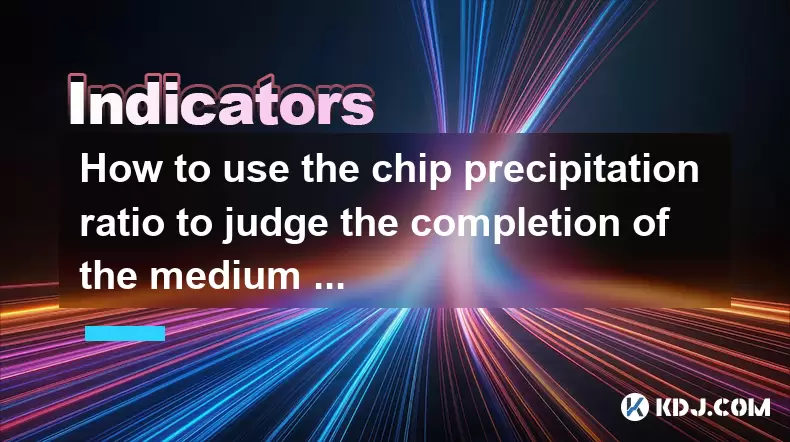
How to use the chip precipitation ratio to judge the completion of the medium and long-term bottom construction?
Jun 04,2025 at 03:36am
The chip precipitation ratio is a crucial metric used by investors to assess the accumulation of chips (or shares) at different price levels over time. This ratio helps in understanding the distribution of chips and can be a powerful tool for determining the completion of medium and long-term bottom construction in the cryptocurrency market. By analyzin...
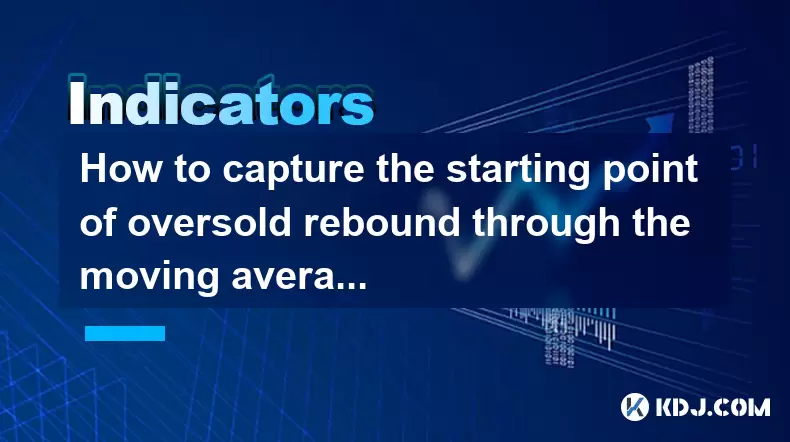
How to capture the starting point of oversold rebound through the moving average gravity reversal strategy?
Jun 04,2025 at 01:01pm
The moving average gravity reversal strategy is a sophisticated approach used by traders to identify potential entry points for buying cryptocurrencies when they are considered oversold. This strategy leverages the concept of moving averages to pinpoint moments when a cryptocurrency might be poised for a rebound. In this article, we will delve into the ...
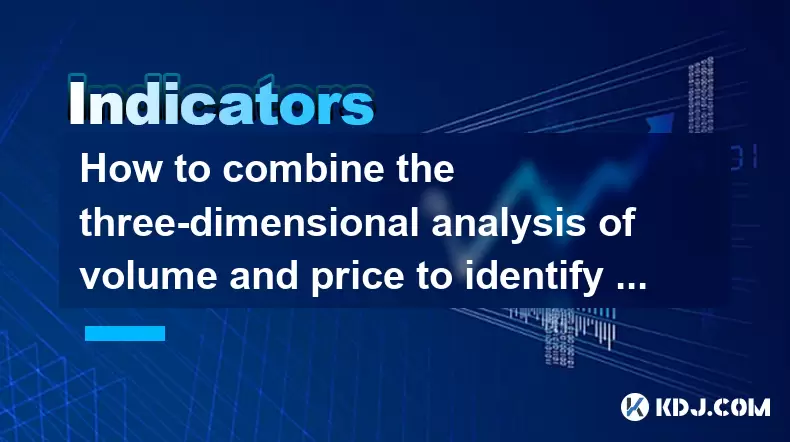
How to combine the three-dimensional analysis of volume and price to identify the golden buying point of breakthrough and retracement?
Jun 03,2025 at 11:42pm
In the dynamic world of cryptocurrencies, identifying the optimal buying points is crucial for maximizing profits and minimizing risks. One effective method to achieve this is by combining three-dimensional analysis of volume and price to pinpoint the golden buying points during breakouts and retracements. This article will delve into how to use this ap...
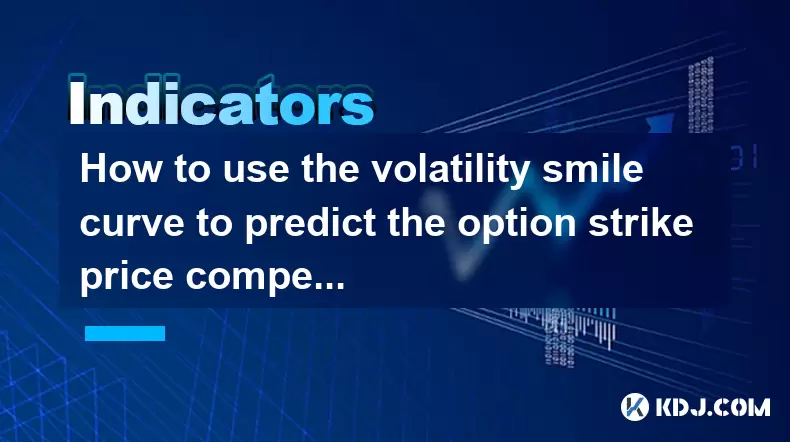
How to use the volatility smile curve to predict the option strike price competition area?
Jun 06,2025 at 01:01pm
The volatility smile curve is a graphical representation that shows the implied volatility of options across different strike prices for a given expiration date. It is called a 'smile' because the curve often takes the shape of a smile, with higher implied volatilities for options that are deep in-the-money or deep out-of-the-money, and lower implied vo...
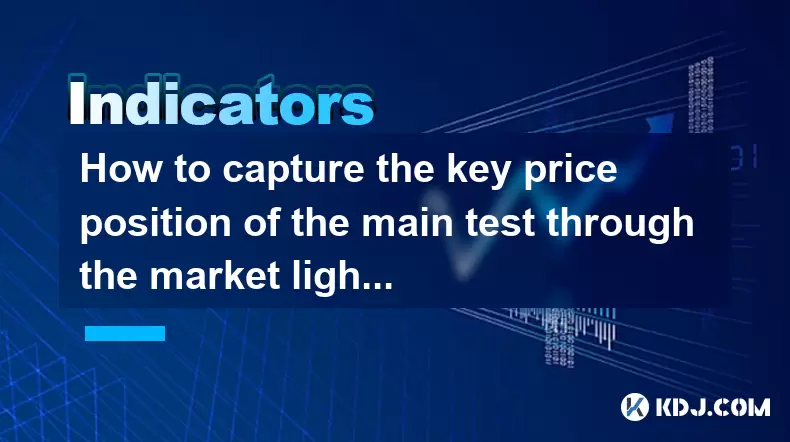
How to capture the key price position of the main test through the market lightning chart?
Jun 02,2025 at 06:07pm
Introduction to Market Lightning ChartThe market lightning chart is a powerful tool used by cryptocurrency traders to visualize price movements and identify key price positions. This chart type provides a detailed view of market activity, allowing traders to spot trends, reversals, and other significant price levels quickly. By understanding how to use ...
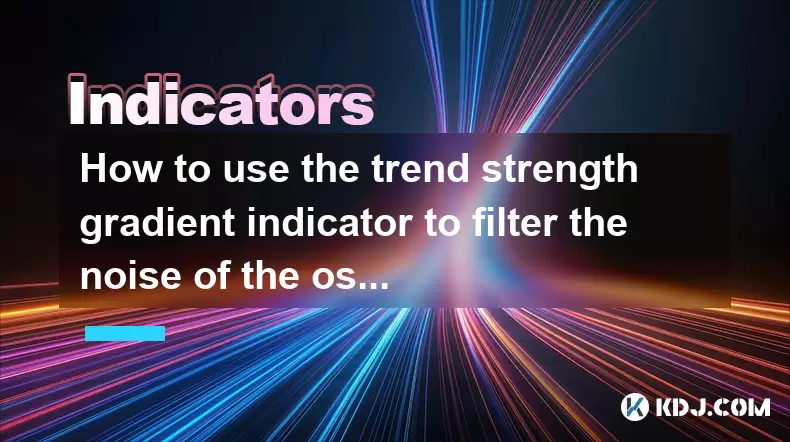
How to use the trend strength gradient indicator to filter the noise of the oscillating market?
Jun 06,2025 at 06:15pm
The trend strength gradient indicator is a powerful tool used by cryptocurrency traders to analyze market trends and filter out the noise that often accompanies oscillating markets. This indicator helps traders identify the strength of a trend, enabling them to make more informed decisions. In this article, we will explore how to effectively use the tre...

How to use the chip precipitation ratio to judge the completion of the medium and long-term bottom construction?
Jun 04,2025 at 03:36am
The chip precipitation ratio is a crucial metric used by investors to assess the accumulation of chips (or shares) at different price levels over time. This ratio helps in understanding the distribution of chips and can be a powerful tool for determining the completion of medium and long-term bottom construction in the cryptocurrency market. By analyzin...

How to capture the starting point of oversold rebound through the moving average gravity reversal strategy?
Jun 04,2025 at 01:01pm
The moving average gravity reversal strategy is a sophisticated approach used by traders to identify potential entry points for buying cryptocurrencies when they are considered oversold. This strategy leverages the concept of moving averages to pinpoint moments when a cryptocurrency might be poised for a rebound. In this article, we will delve into the ...

How to combine the three-dimensional analysis of volume and price to identify the golden buying point of breakthrough and retracement?
Jun 03,2025 at 11:42pm
In the dynamic world of cryptocurrencies, identifying the optimal buying points is crucial for maximizing profits and minimizing risks. One effective method to achieve this is by combining three-dimensional analysis of volume and price to pinpoint the golden buying points during breakouts and retracements. This article will delve into how to use this ap...

How to use the volatility smile curve to predict the option strike price competition area?
Jun 06,2025 at 01:01pm
The volatility smile curve is a graphical representation that shows the implied volatility of options across different strike prices for a given expiration date. It is called a 'smile' because the curve often takes the shape of a smile, with higher implied volatilities for options that are deep in-the-money or deep out-of-the-money, and lower implied vo...

How to capture the key price position of the main test through the market lightning chart?
Jun 02,2025 at 06:07pm
Introduction to Market Lightning ChartThe market lightning chart is a powerful tool used by cryptocurrency traders to visualize price movements and identify key price positions. This chart type provides a detailed view of market activity, allowing traders to spot trends, reversals, and other significant price levels quickly. By understanding how to use ...

How to use the trend strength gradient indicator to filter the noise of the oscillating market?
Jun 06,2025 at 06:15pm
The trend strength gradient indicator is a powerful tool used by cryptocurrency traders to analyze market trends and filter out the noise that often accompanies oscillating markets. This indicator helps traders identify the strength of a trend, enabling them to make more informed decisions. In this article, we will explore how to effectively use the tre...
See all articles


























